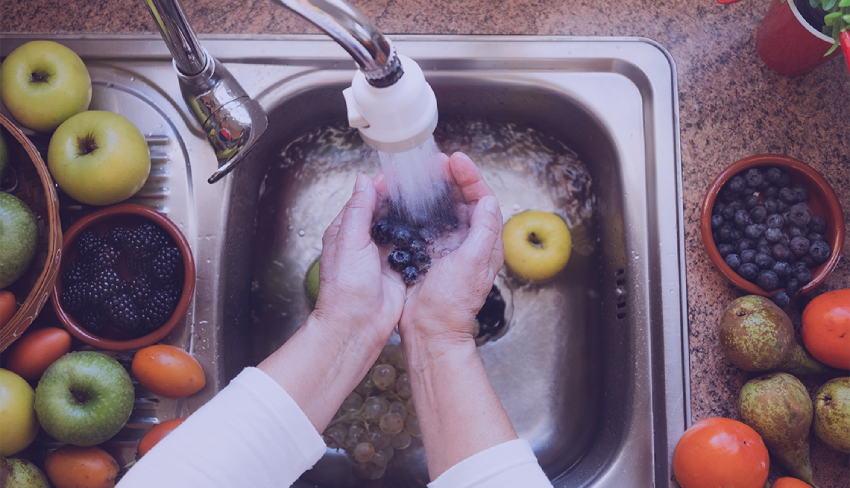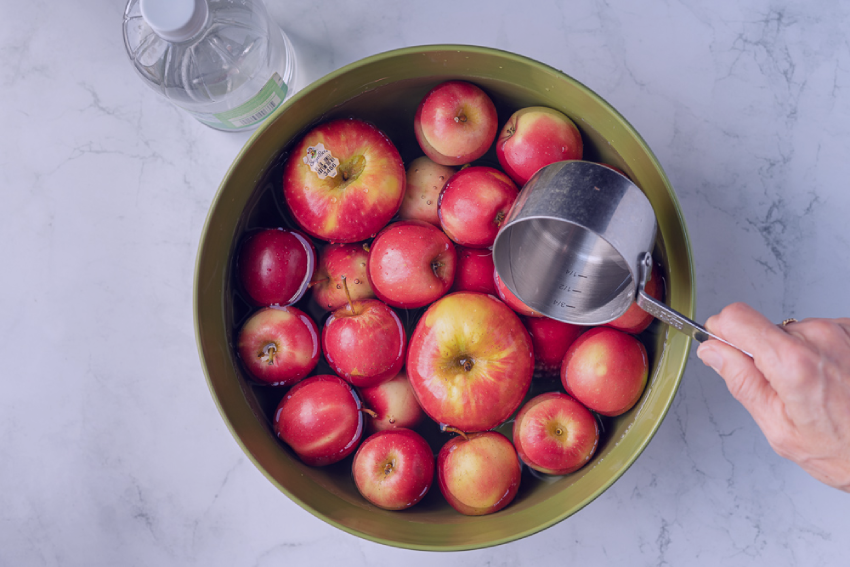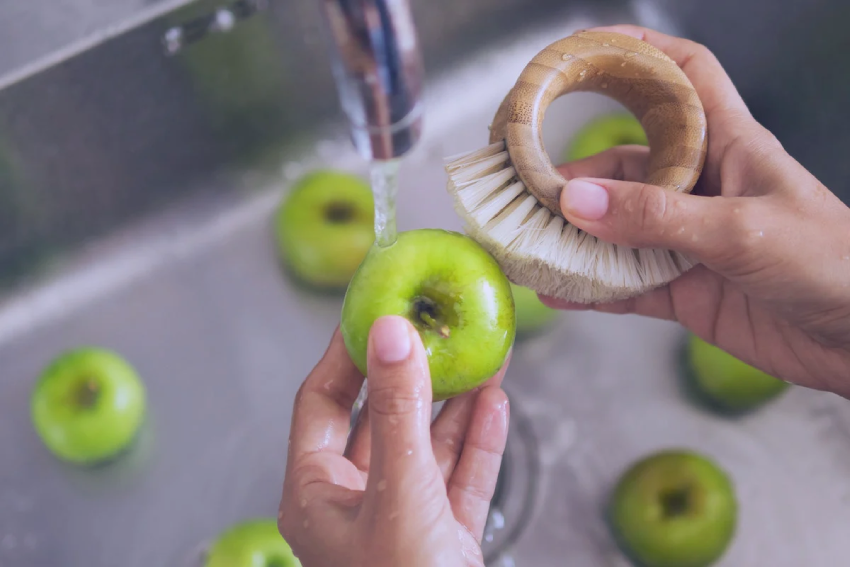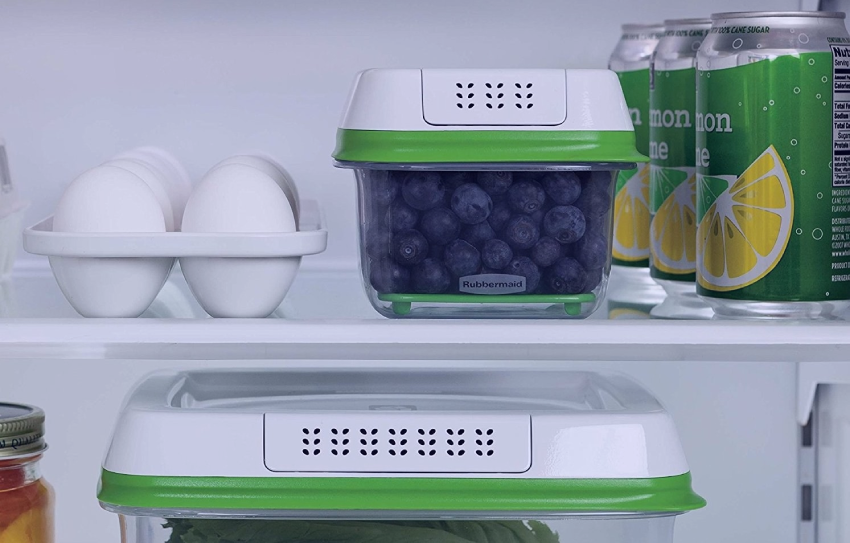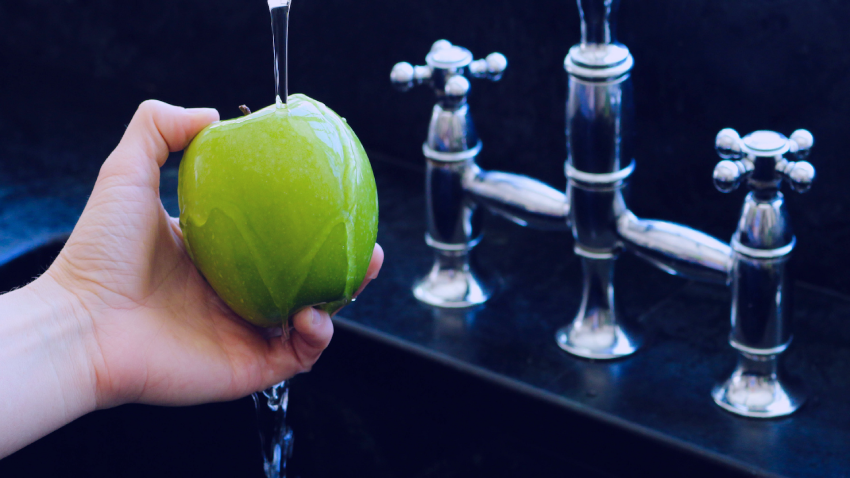Natural and Safe Cleaning Solutions
Nature has provided us with an arsenal of gentle yet effective weapons when combating these invisible nuisances. Simple ingredients like baking soda or vinegar, commonly found in our kitchens, can be powerful allies. When these natural cleaners are applied to fruit correctly, they can cut through residue and neutralize harmful microorganisms without leaving additional chemical traces behind.
DIY Fruit Wash Recipes
Looking for a natural clean for your favorite fruits? A DIY fruit wash is a solution that’s both easy and effective.
In 2022, a widely circulated study confirmed the efficacy of homemade fruit washes. Creating your own concoction is straightforward: water, natural cleansers, and some elbow grease.
Now, let’s dive into a fruit wash that boasts nature’s bounty. Combine one part white vinegar with three parts water; this acidic mixture is potent against pesky germs. For a bubbly alternative, mix a teaspoon of baking soda into a cup of water. Baking soda is known for its abrasive properties, which help scrub away unwanted residues.
Finish your fruit-cleaning ritual by thoroughly rinsing under cool, running water to whisk away any remaining particles and achieve that pristine, ready-to-eat quality.
The Role of Vinegar and Baking Soda
Vinegar, with its acetic acid content, acts as a powerful microbial disinfectant. Mixed with water, it forms an effective wash that can penetrate and reduce surface contaminants, making each fruit safer to enjoy.
Baking soda, when dissolved in water, becomes an alkaline solution. This property enhances its ability to neutralize acidic substances and dislodge particles on fruit surfaces.
Together, vinegar and baking soda create a robust cleaning duo. Their chemistry (when combined momentarily for fizzing action, though usually used independently) can tackle a spectrum of residues.
A sprinkle of baking soda followed by a vinegar dip can help loosen and lift stubborn substances. This sequence also neutralizes potential chemical reactions, leaving fruits devoid of aftertaste.
A protocol of scrubbing with baking soda, then rinsing in vinegar water, and finishing with a clear water rinse could significantly improve the removal of surface dwellers. This method is particularly effective against the waxy coatings often found on apples and cucumbers.
Ultimately, using vinegar, baking soda, or both isn’t set in stone. Tailor the procedure to your needs, but remember to rinse afterward to thoroughly remove all lingering cleaning residue.
